A guest blog by Danielle Ford
Danielle is Webmaster and Managing Assistant Director for Digital Content Strategy at Kean University.
What’s missing from your content workflow?
Many organizations rely heavily on external talent for their content production. This excludes one of the most valuable internal resources from your content workflow: subject matter expertise.
How can you leverage internal resources to create compelling content?
Training is a vital — and often overlooked — component of an effective content strategy. Empower your subject matter experts to serve as brand ambassadors and content creators by conducting relevant training across your organization.
How will training help?
Training not only empowers your staff, it transforms them. How so? Through training, your users will become a resource — rather than requiring support from your already limited internal resources.
Isn’t content management better left to technical staff?
Most content management systems are not only fairly intuitive, they also utilize WYSIWYG text editors. That makes them familiar to anyone who has ever used a word processor. Your users are up to the challenge of content creation!
Who defines your institutional voice?
In-depth market research should drive rebranding — and other major projects. Also, involve every member of your creative team in brainstorming and consensus-building activities.
Quite often, you’ll find that the most passionate and invested team member is not the most highly compensated. Refuse to let the loudest voice dominate the conversation about institutional values! This adds nuance to the conversation and promotes creativity.
What should your voice sound like?
Your brand’s value proposition has an emotional component. Authenticity matters. Market realities. Leave the fiction to somebody else.
What do you know about your audiences?
Ask yourself: what audiences — internal and external — does your website serve? How would each constituency evaluate the service you provide? Does your site make commonly-requested information readily accessible? How can you improve?
Do your research. Avoid UX anti-patterns — counter-intuitive design approaches that ignore user behavior. User experience should always align with user behavior.
How should you approach design?
Approach the design process with an emphasis on navigability and ease of use. Brevity and clarity will help to ensure common tasks can be completed efficiently and that your site is easily navigable. Avoid letting design dictate content and vice-versa. Design and content should work in unison to convey your messaging in a clear and compelling way.
How will content be governed in the future?
Governance is crucial. Once your users receive a basic introduction to the system, content should become somewhat self-sustaining. Thus, governance becomes even more important than content creation.
Is a one-size-fits-all approach realistic for governance?
In higher education, you’ll need to establish a demarcation between marketing content, academic content, and administrative content. Use web governance to maintain quality and enforce established standards for accessibility, and other key metrics.
How can you balance a tone that is, at once, authoritative but still accessible and engaging?
When possible, avoid jargon. Academic discourse has its place on a higher education website – but avoid using it to market programs.
Try to get faculty and administrators to distill their research into compelling brand messages. Highlight research findings in ways that emphasize community and innovation. Feature denser, more esoteric material through white papers and other channels.
What about SEO?
Whether you’re leveraging an agency or an enterprise solution, SEO should be at the forefront of the content creation process. Take a holistic approach, utilizing best practices for SEO as you write.
Don’t reverse-engineer content for SEO. Do keyword research upfront. Identify content opportunities and “low hanging fruit,” keywords with a high search volume and low competition.
Avoid keyword stuffing and try to align nomenclature with user behavior. Focus your marketing on academic programs and campus culture.
Students are searching for degrees. Be sure to diversify the language used in your content to include the terms prospective students are searching for.
Is it really possible to achieve optimal performance with limited resources?
This is where training matters the most. Your organization is full of highly skilled people. True, many of those skills pertain to a specific subject area — and technical skills and computer literacy are often lacking. Training promotes digital literacy. When this is an institutional value, it benefits not only individuals but organizations as well. It can shift your institutional culture from one that is change and risk-averse to one that it is agile and innovative!
Above all, have fun!

